Avoid your inquiry is delay response, please enter your WhatsApp/WeChat/Skype along with the message, so we can contact you at the very first time
We will reply you within 24 hours. If for urgent case, please add WhatsApp: +8617888313102, or WeChat: +86 17864107808. Or call +86 17864107808 directly.
*We respect your confidentiality and all information are protected. We will only use your information to respond to your inquiry and will never send unsolicited emails or promotional messages.
UV printers have become popular tools in many industries, but are they worth the investment? Let’s take a closer look at the pros and cons before making a decision.
UV printers offer excellent print quality and versatility, but they come with their own set of challenges. In this post, we’ll explore whether investing in a UV printer is truly a wise decision for your business.
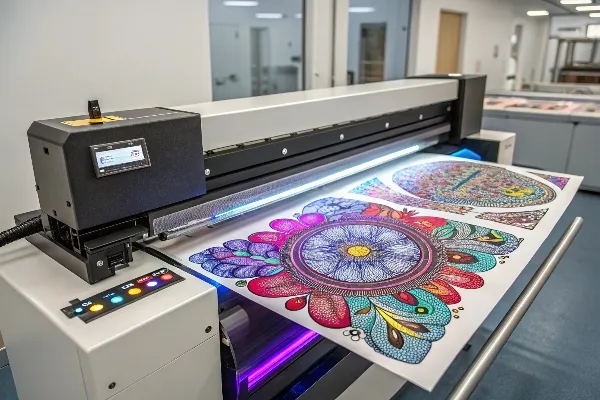
UV Printer Investment
Before diving deeper into the specifics, it’s important to understand how a UV printer can impact your business. Let’s explore whether you can truly make money with a UV printer.
Many business owners wonder if purchasing a UV printer will lead to profit. Is the return on investment (ROI) worth the upfront cost?
UV printers can be a profitable investment, especially for businesses in the packaging, advertising, and promotional industries. The ability to print on a wide variety of materials can open up new revenue streams.
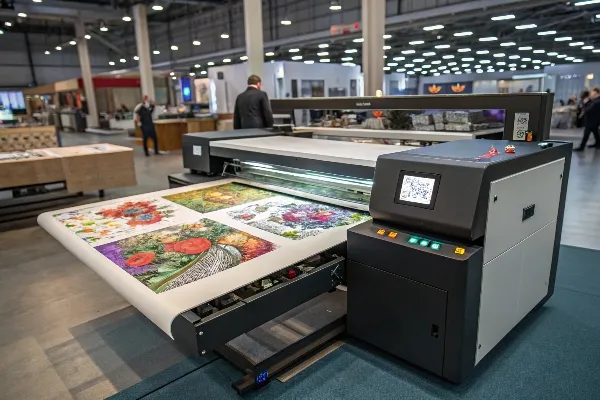
UV Printer Profitability
The profitability of a UV printer depends on several factors, including the type of business, market demand, and the specific model of printer chosen. For example, a business specializing in custom promotional items or packaging can see a direct increase in revenue from offering UV printing services. UV printers allow for high-quality prints on almost any surface, from wood and plastic to metal and glass. This flexibility opens doors to a wide range of potential customers.
The key to making money with a UV printer lies in understanding the market and offering competitive pricing while maintaining quality. UV printers typically have a higher initial cost compared to traditional printers, but their ability to produce detailed and vibrant prints can justify the investment. If your business can handle large volumes or specialized orders, a UV printer can quickly pay for itself.
In addition, UV printers can also boost efficiency, with faster print times and less waste. The long-term savings from reduced ink usage and maintenance costs will enhance the profitability of the investment. However, it’s important to factor in ongoing costs, such as ink and substrate, as well as regular maintenance. You’ll need a reliable team to manage the printer and optimize its capabilities.
UV inks are an essential part of UV printing, but like any technology, they come with their downsides. What are the disadvantages you need to consider?
While UV inks are known for their vibrant color and durability, they can also have some drawbacks. Let’s dive into the disadvantages of using UV ink in your printing process.
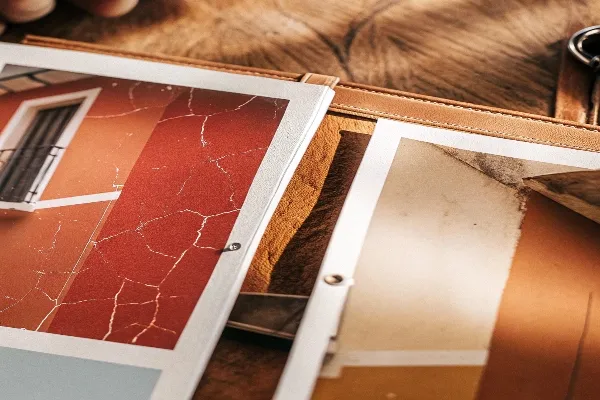
UV Ink Drawbacks
UV inks are often praised for their quick drying times, but one major downside is their tendency to be more expensive than traditional inks. While you save time with faster drying, the cost per print can be higher, especially if you’re working with high volumes. For some businesses, this can be a significant concern when calculating production costs.
Another issue with UV ink is its environmental impact1. UV inks contain photoinitiators, which can sometimes be harmful to both the environment and human health. While advancements have been made in developing more eco-friendly formulas, the use of UV inks can still raise concerns in industries focused on sustainability.
Additionally, UV inks tend to be less flexible than other ink types. This means that certain substrates may experience cracking or peeling of the print, particularly if the material is bent or flexed after printing. This is something to consider if you plan to print on materials that require high levels of flexibility, such as fabric or vinyl.
Lastly, UV ink can be more difficult to remove compared to other ink types. This can be a problem if you need to change prints or correct errors, as the ink can bond strongly to the substrate. Proper equipment and techniques are necessary to remove UV ink effectively.
When it comes to large-format printing, choosing the right printer and format is crucial. What’s the best format for producing large prints?
For large prints, UV flatbed printers are the most effective choice. They offer high resolution, accuracy, and versatility, allowing you to print on materials of various sizes.
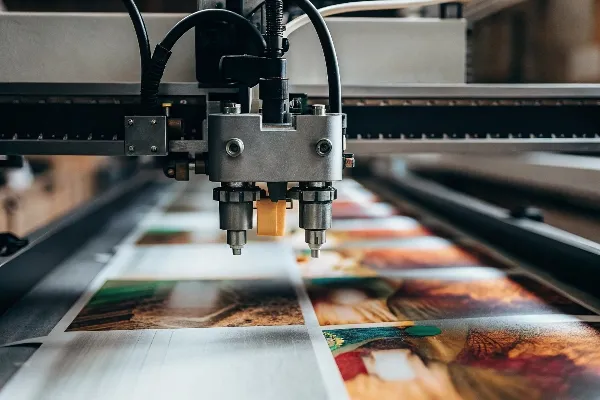
Large Print Format
For large-format printing, especially in the context of advertising, signage, and promotional materials, UV flatbed printers2 are considered the best option. Their ability to print directly onto large substrates, such as boards, banners, and glass, sets them apart from other printing methods. The key advantage of UV flatbed printers is their ability to maintain high-quality prints on large surfaces without losing resolution or detail.
When printing large formats, it’s important to ensure that the printer supports various materials like acrylic, aluminum, and PVC. UV printers allow for precise printing on these surfaces, which is essential for producing high-end prints such as outdoor signage, vehicle wraps, and trade show displays. Additionally, flatbed printers eliminate the need for pre-treated media, which saves time and cost.
Another advantage of large-format UV printing is the ability to print in layers, which adds depth and texture to the print. This is particularly useful for creating tactile, three-dimensional effects or textured designs, often seen in architectural signage or museum displays.
It’s also important to consider the speed of the printer. When working with large prints, especially for commercial projects, a faster printer will increase production efficiency. UV printers generally offer faster print speeds than traditional printing methods, ensuring you can meet tight deadlines while maintaining quality.
Durability is often a major concern for businesses using UV printers. How long do UV prints last, and what factors affect their lifespan?
UV prints are known for their long-lasting quality. With proper care, they can last for years, even when exposed to outdoor elements.
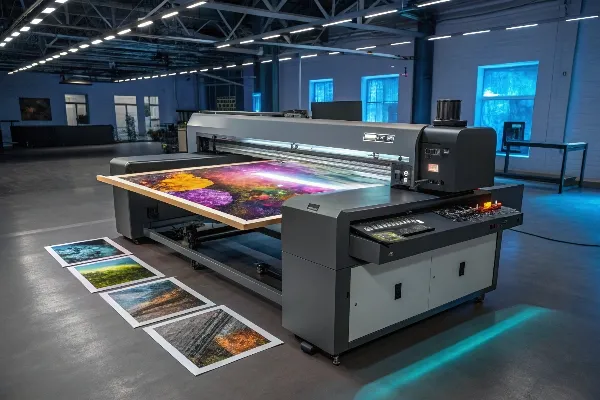
UV Print Lifespan
The lifespan of a UV print depends largely on the materials used, the environmental conditions, and how the print is maintained. UV prints are known for their resistance to fading, scratches, and general wear and tear. This makes them ideal for outdoor signage, promotional materials, and packaging that will be exposed to light, heat, or moisture.
UV printing uses inks that bond directly to the surface of the material, creating a durable, long-lasting finish. This process makes UV prints resistant to UV light degradation, which is a common issue with traditional inks. Whether the print is exposed to sunlight or harsh weather conditions, UV prints can retain their vibrant colors for several years without significant fading.
However, certain conditions can shorten the lifespan of a UV print. For example, prints exposed to constant abrasion or chemicals may wear faster. Additionally, prints that are stored improperly or subjected to extreme temperatures can degrade more quickly. To extend the life of UV prints, it’s important to protect them from harsh environments and ensure they are stored correctly.
While UV prints have an impressive lifespan, it’s still essential to consider factors such as the type of material, environmental exposure, and maintenance practices to ensure longevity.
UV printers can be a valuable investment if used strategically. Their versatility, speed, and quality can pay off for businesses in the right industries.